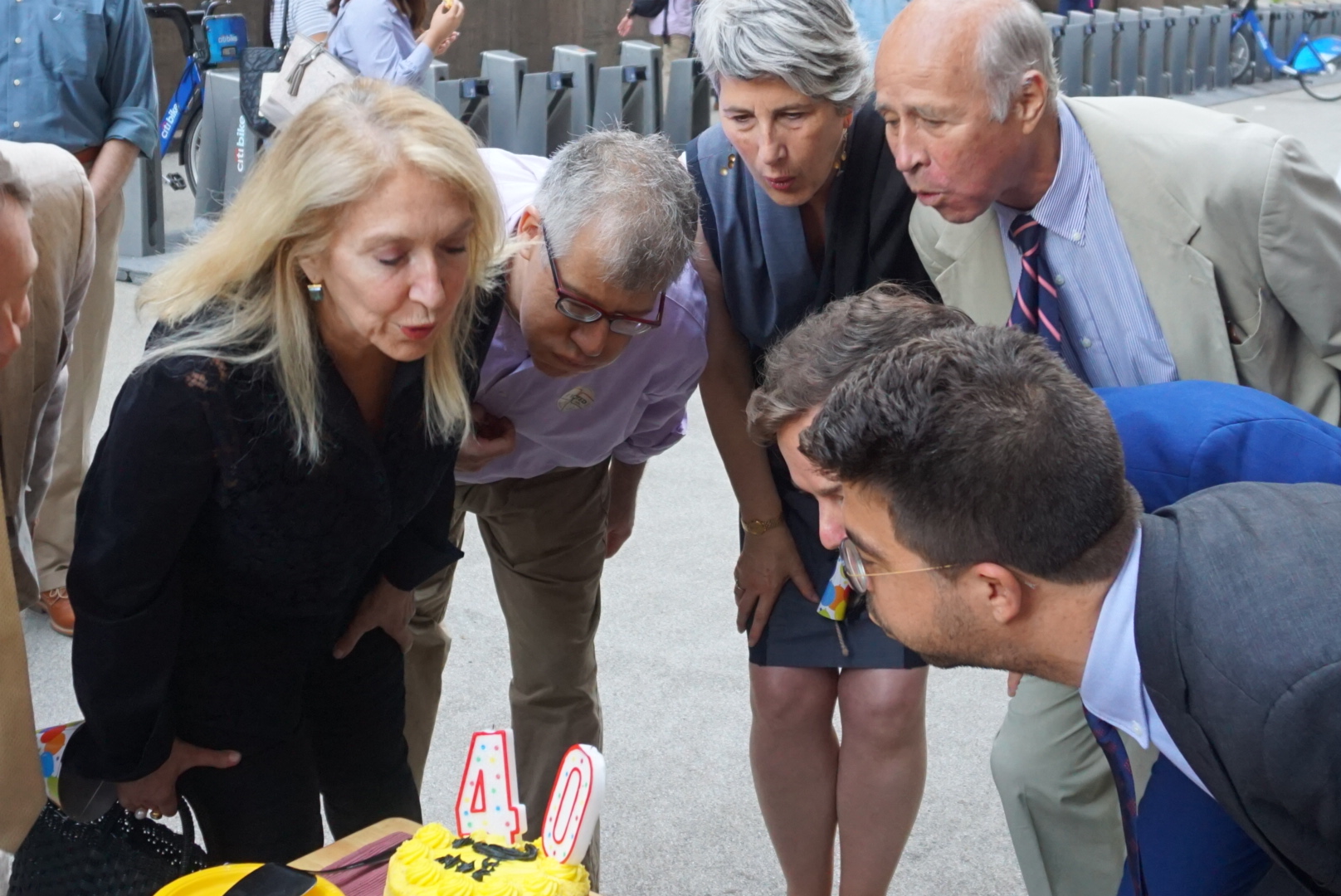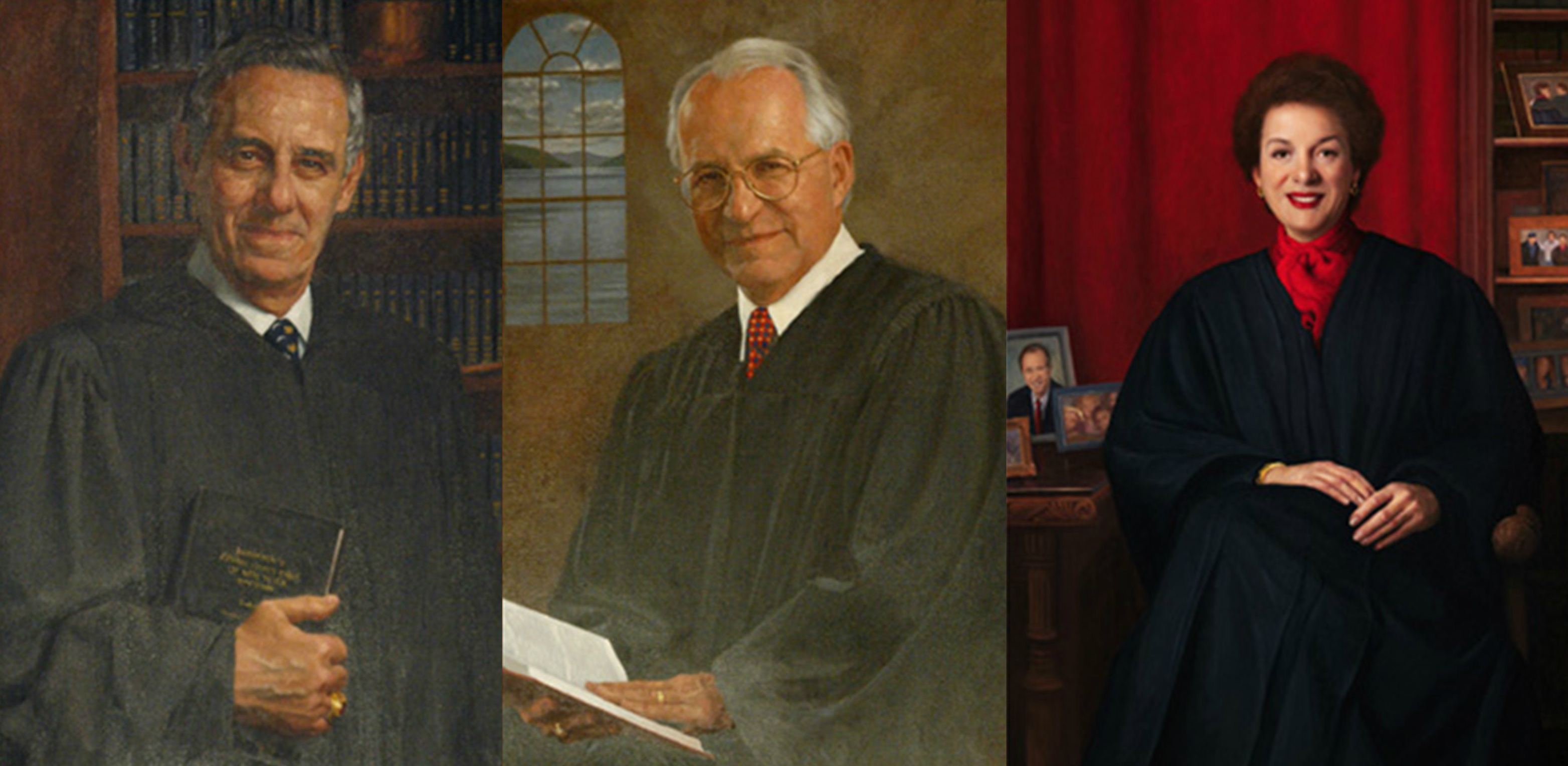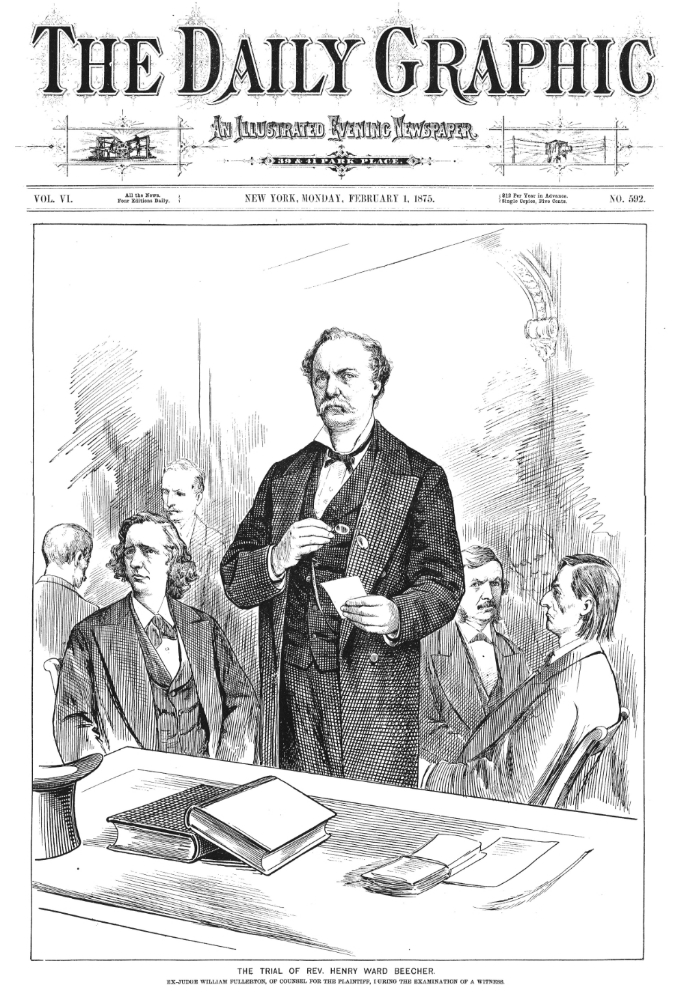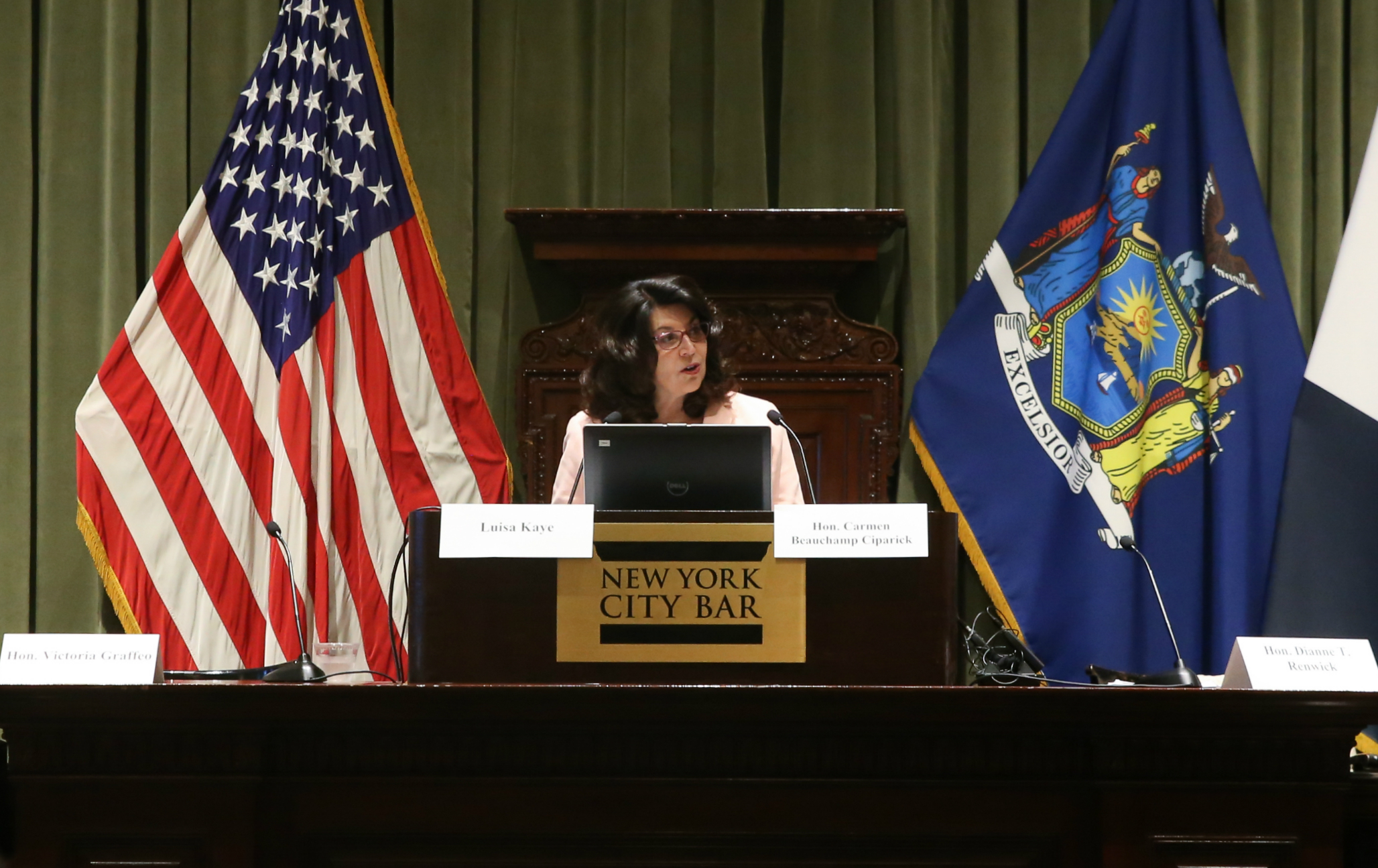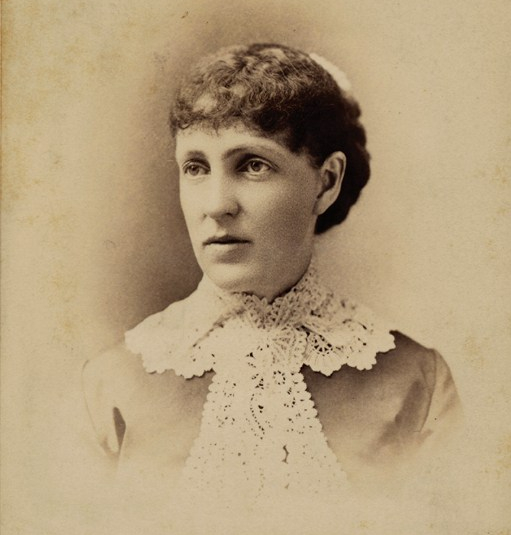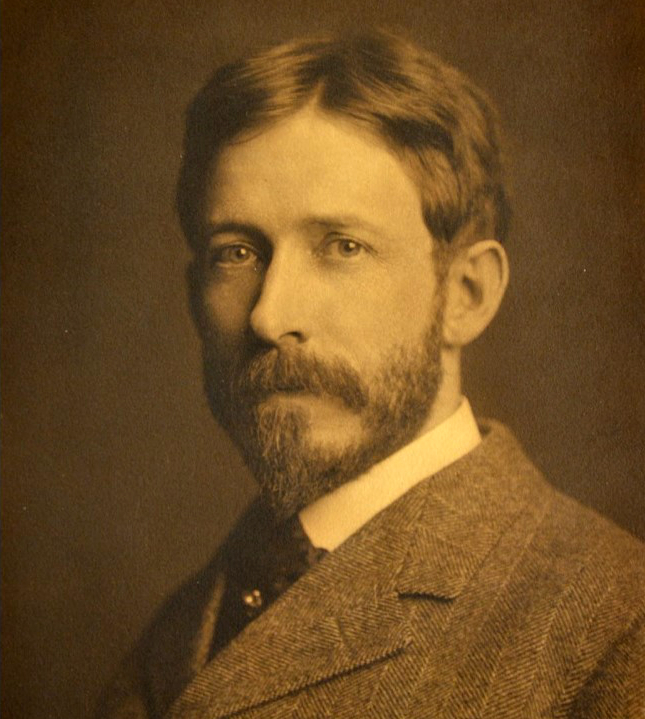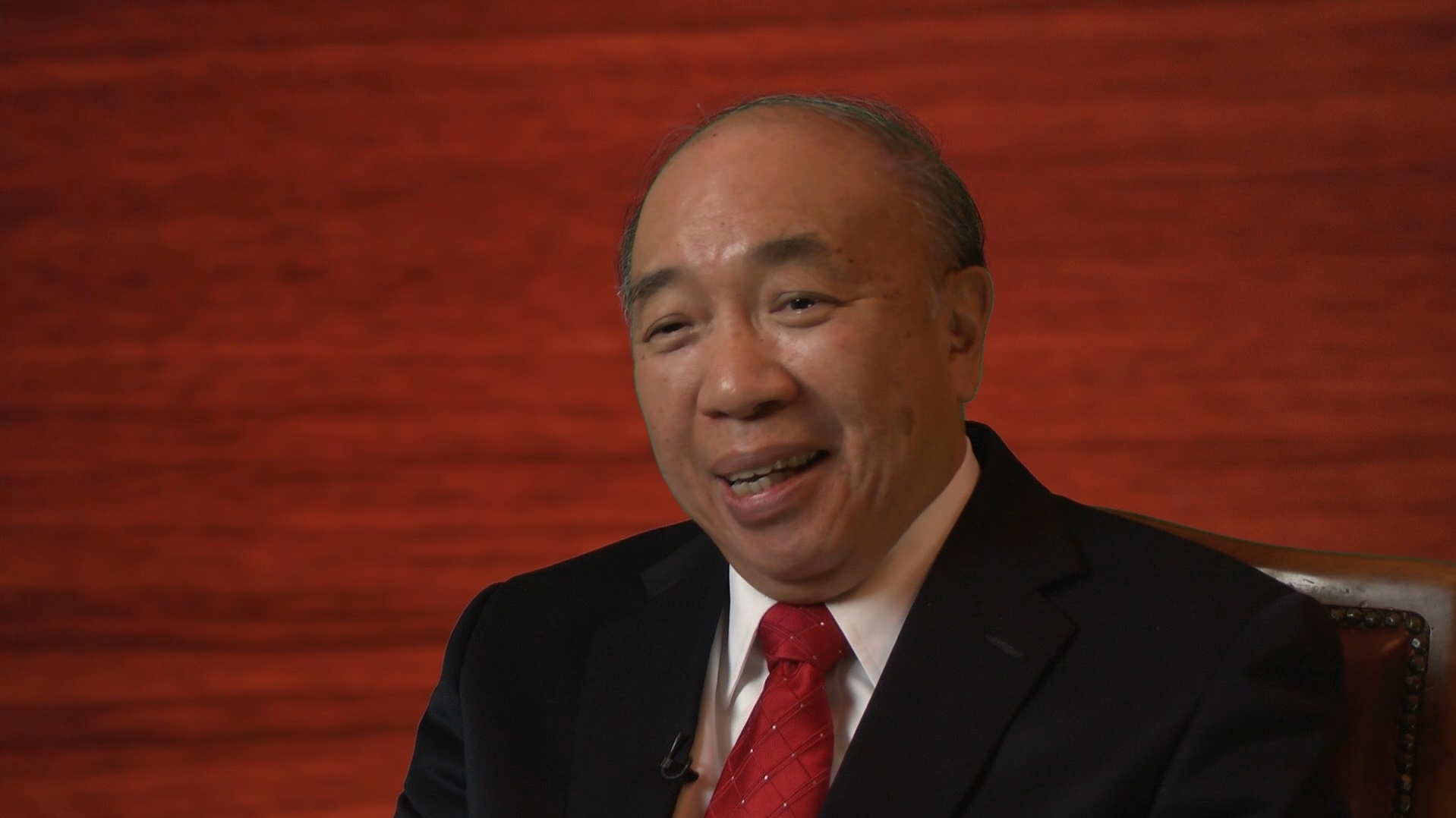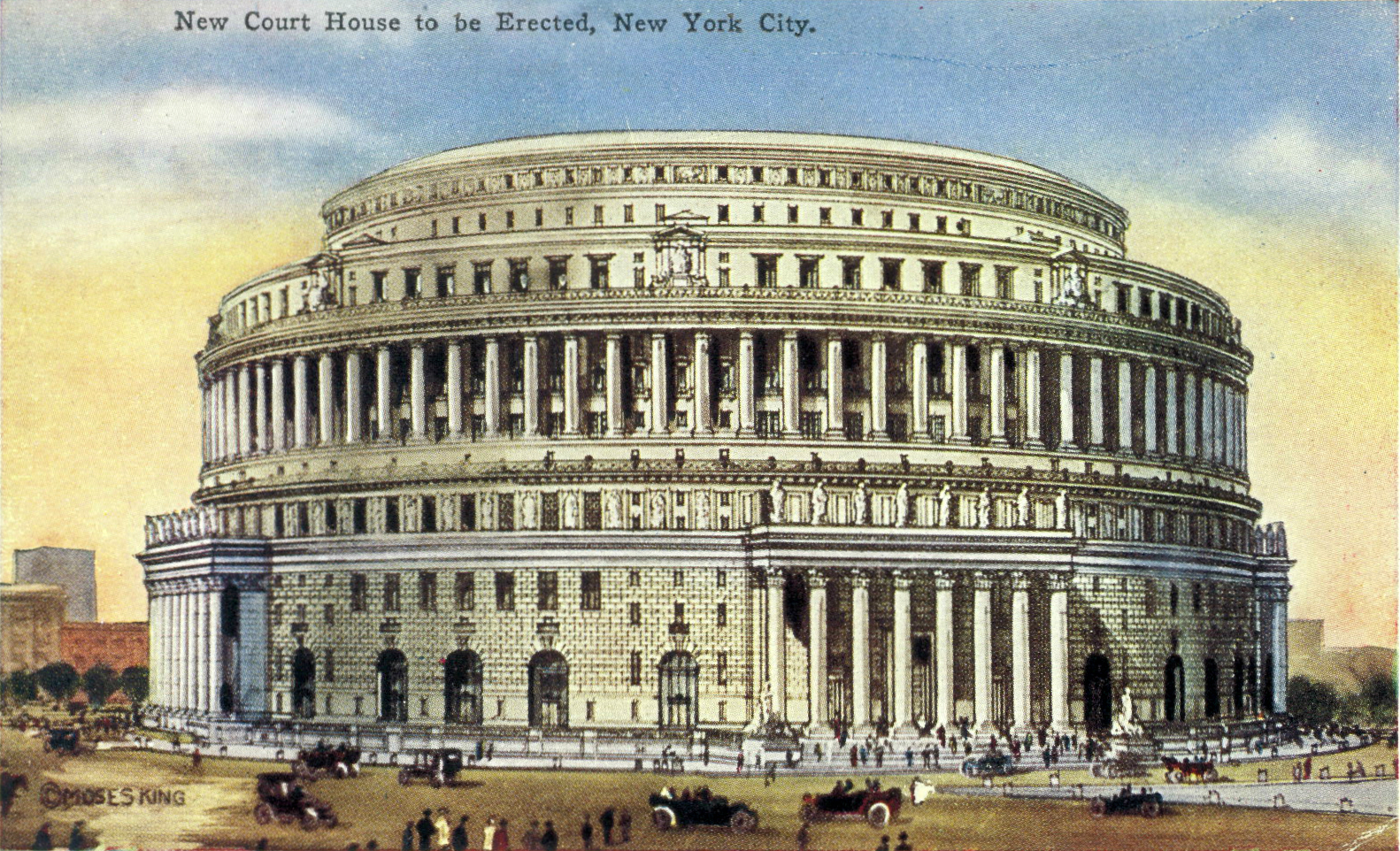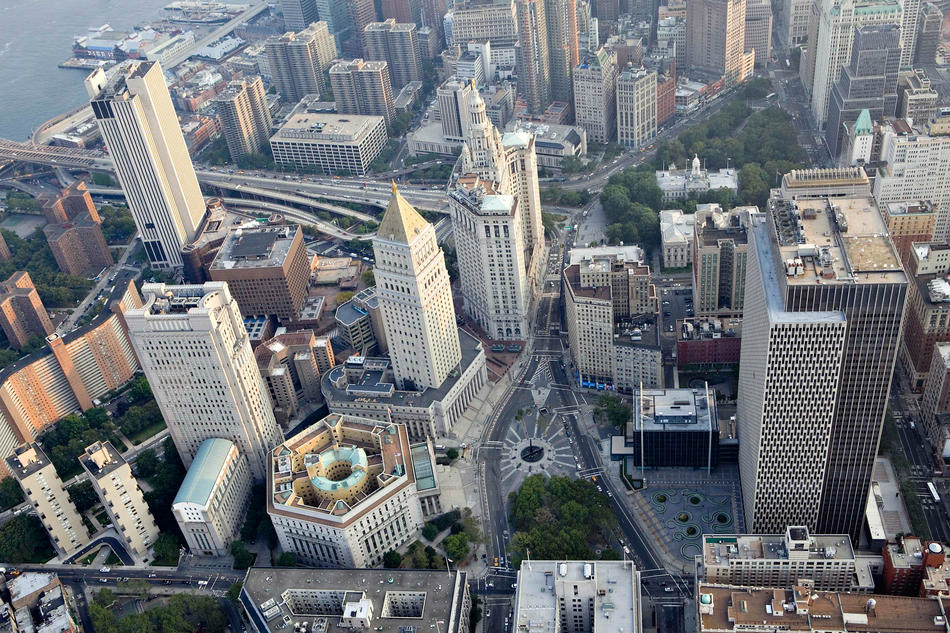This article was written by Adrian Untermyer, an urbanist who advocates for historic preservation and improved transportation in Greater New York and nationwide. Mr. Untermyer is former Deputy Director of the Historic Districts Council and began his career as a Legal Advocate at the Urban Justice Center. Now a second-year student at the University of Colorado School of Law, Untermyer is a member of the Law Review and interns in Governor John Hickenlooper’s Office of Legal Counsel. For further information and to keep in touch, visit him online at www.adrianuntermyer.com and follow him on Twitter and Instagram.
The Historical Society of the New York Courts was a proud co-sponsor of this event.
Photo: Laurie Beckelman (Associate Director, The Shed), Samuel D. Albert (Architectural Historian), Elizabeth Goldstein (President, Municipal Art Society), Kent Barwick (Former President, Municipal Art Society), Brad Vogel (Executive Director, New York Preservation Archive Project), and Adrian Untermyer (Founder and Chair, Penn Central Day Committee) blow out the “Birthday Cake’s” candles. (Photo by Shanique D. Bundy)
On Tuesday, June 26, the U.S. Supreme Court released its decision in Trump v. Hawaii, which was among the Court’s most controversial cases of 2018. But on a packed pedestrian plaza across from Grand Central Terminal, fifty New Yorkers with party hats and noisemakers toasted a different case decided exactly forty years earlier.
The occasion was the 40th Anniversary of Penn Central v. City of New York, the U.S. Supreme Court case that helped save Grand Central Terminal from destruction. The case also upheld the constitutionality of New York City’s Landmarks Law, which serves as a model for historic preservation statutes nationwide.
I noticed the upcoming anniversary while reading Penn Central v. City of New York during my first year of law school at the University of Colorado. As fortune had it, I planned to return to New York a few weeks later for an internship with Justices Rosalyn H. Richter and Ellen Gesmer of the Appellate Division’s First Department.

